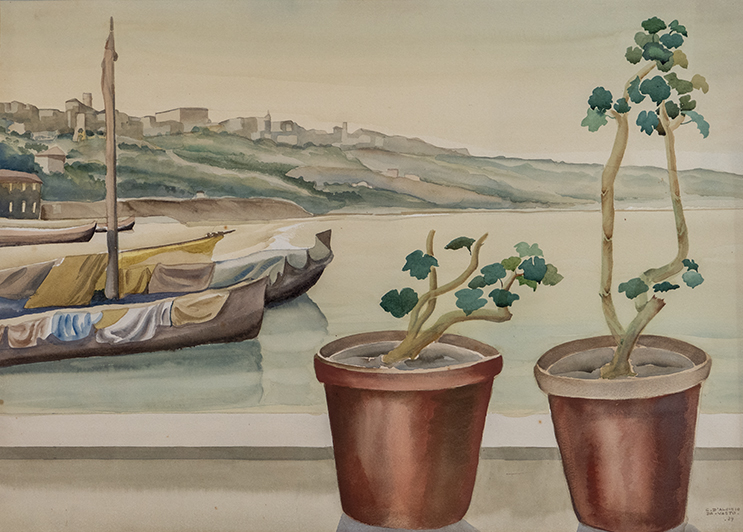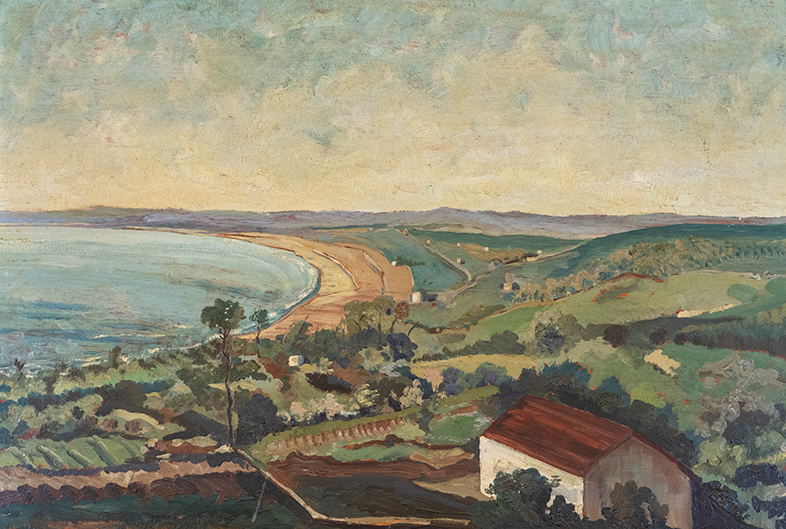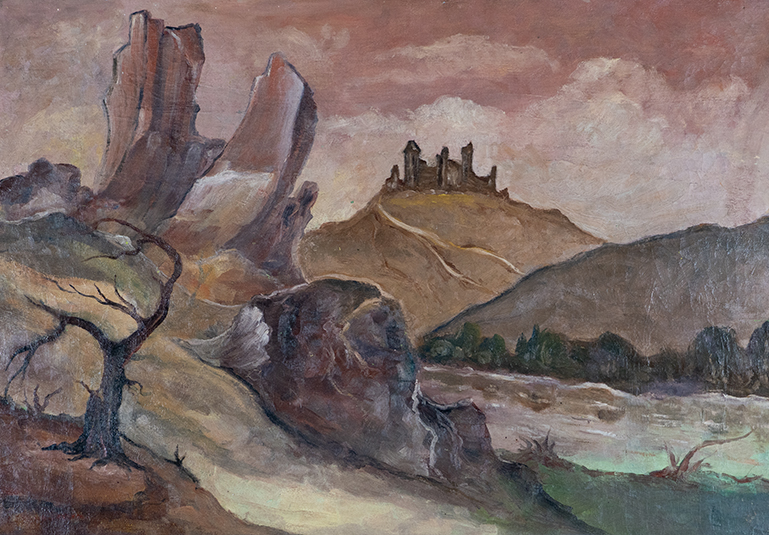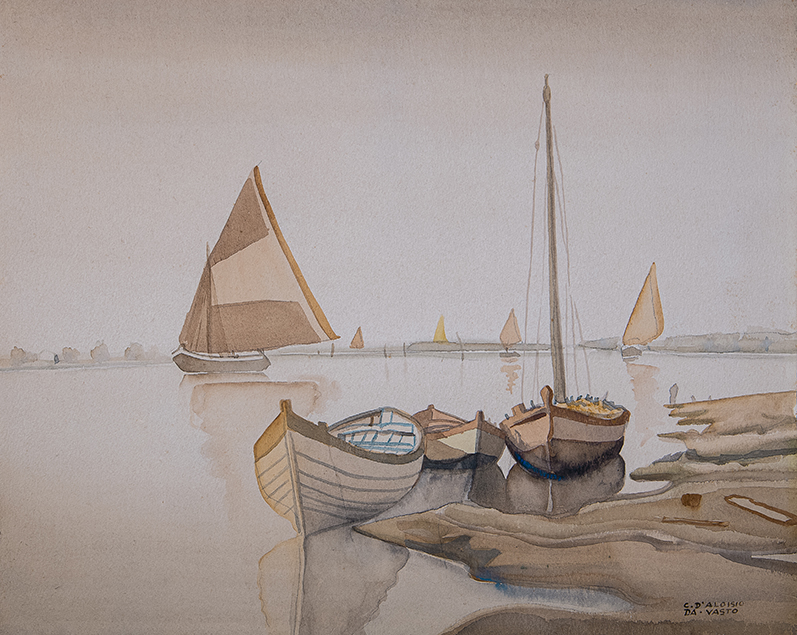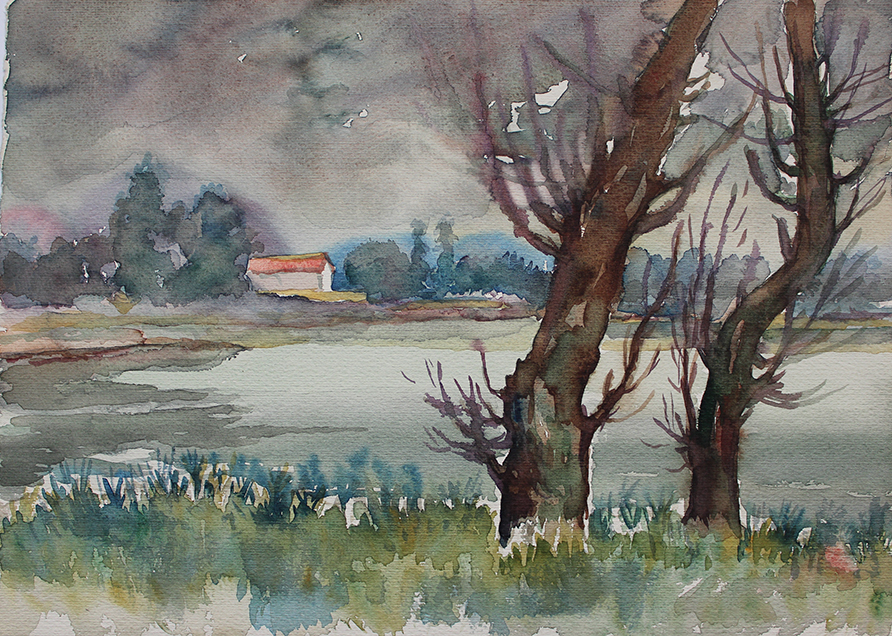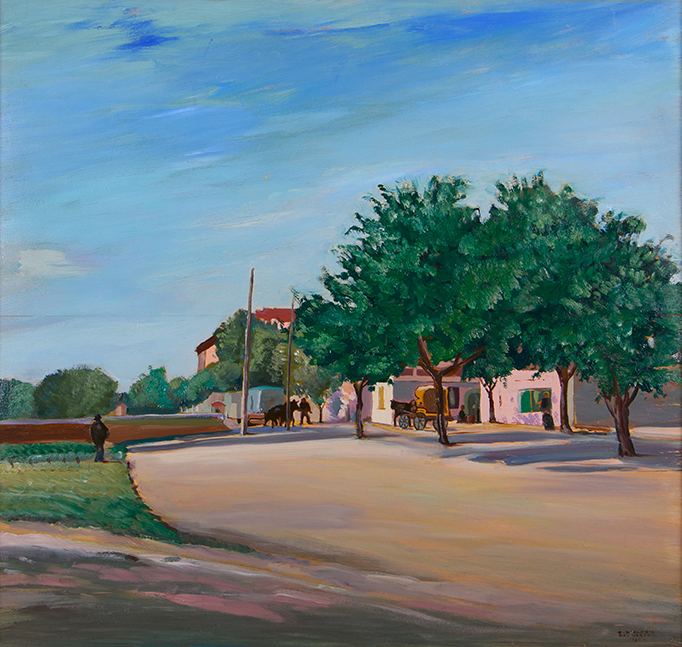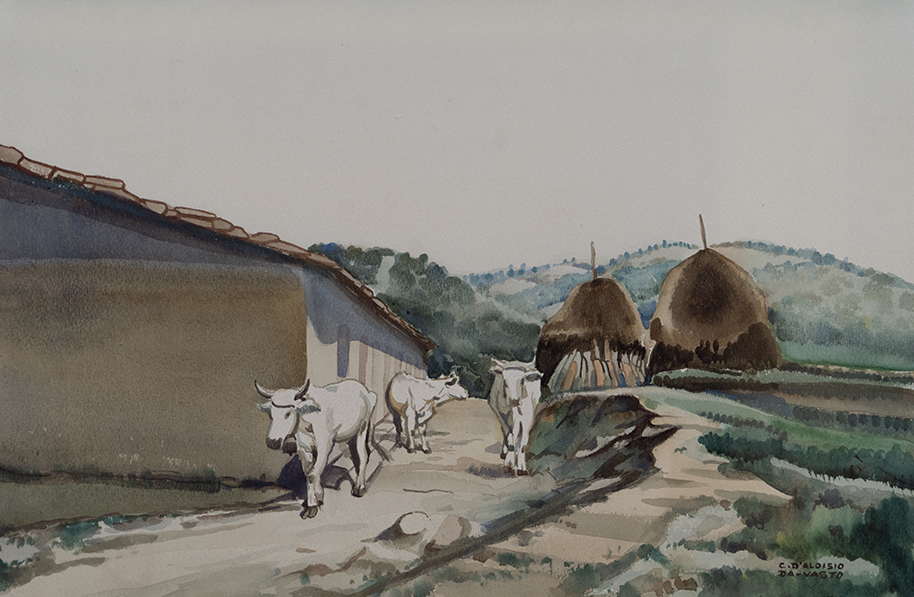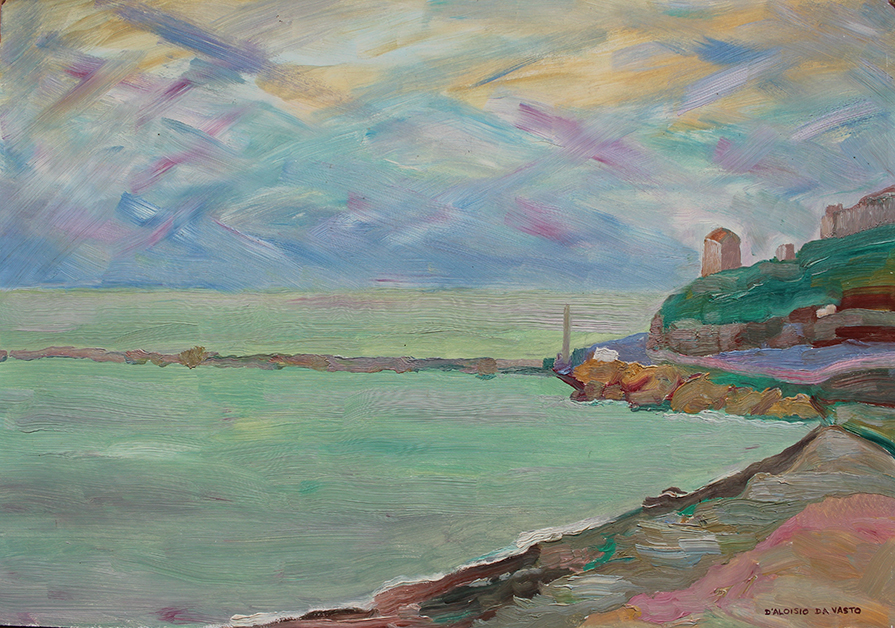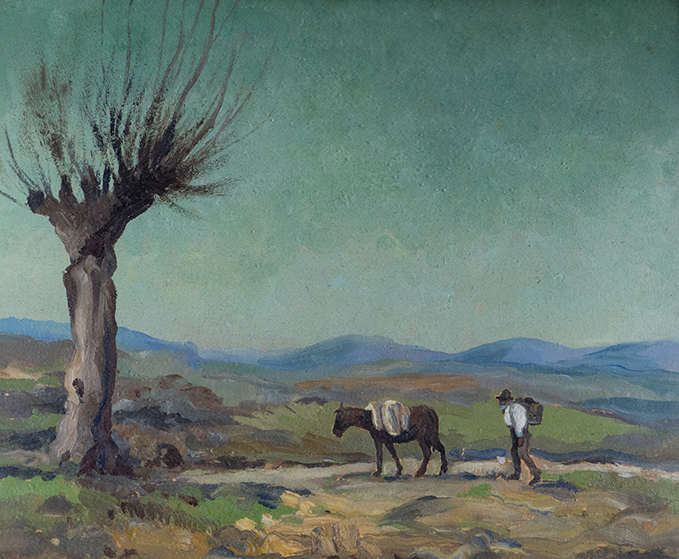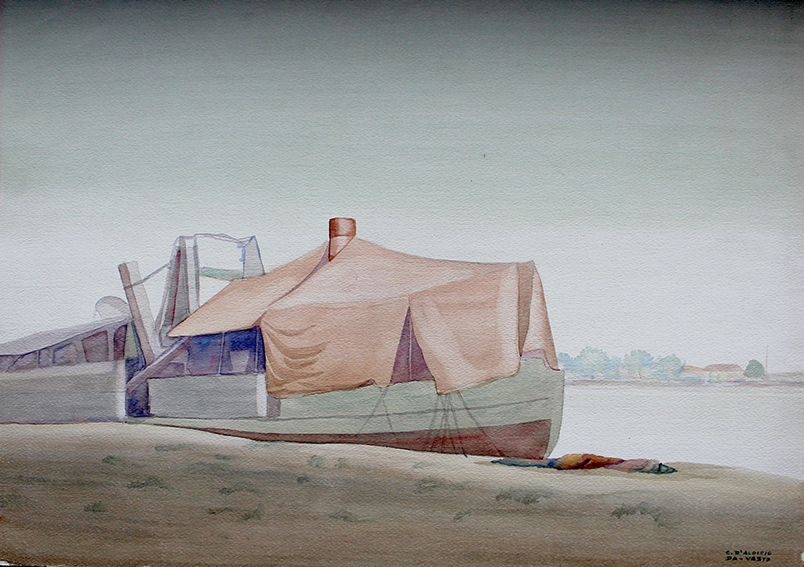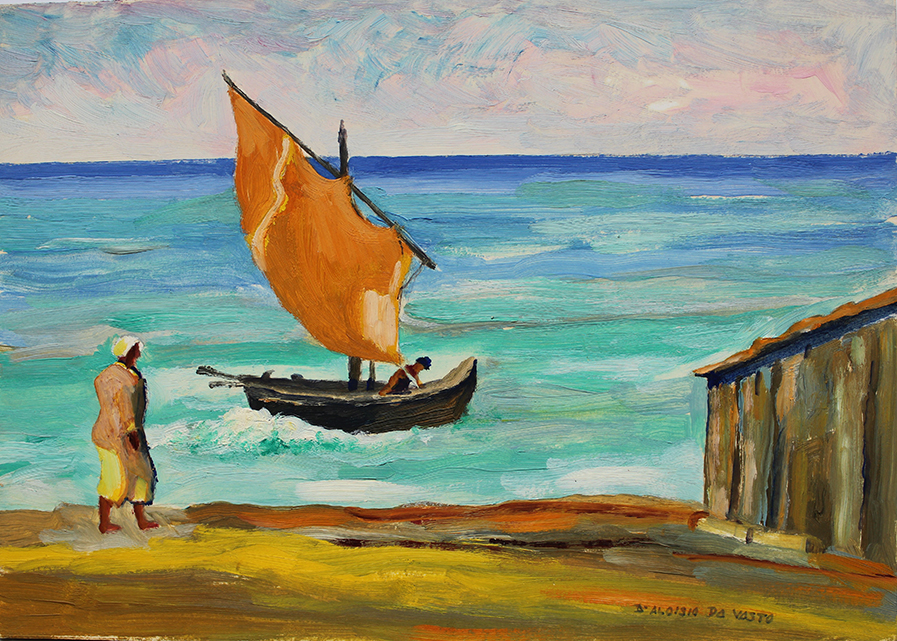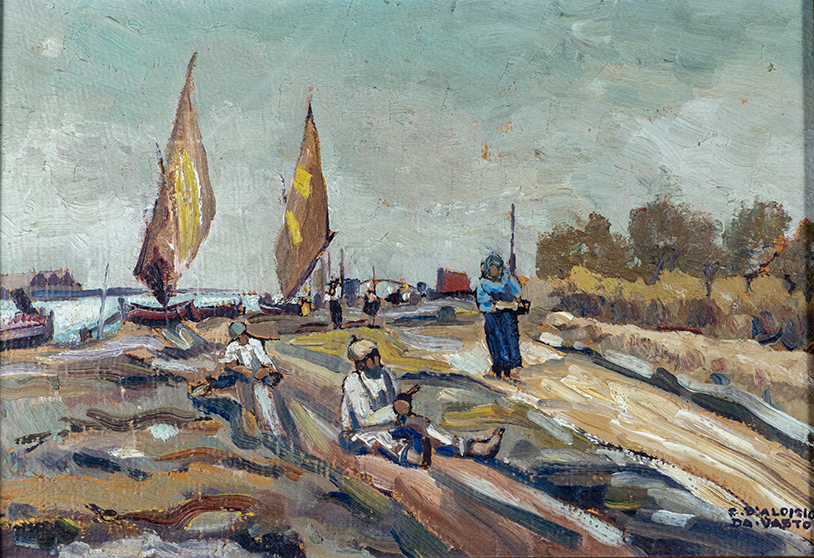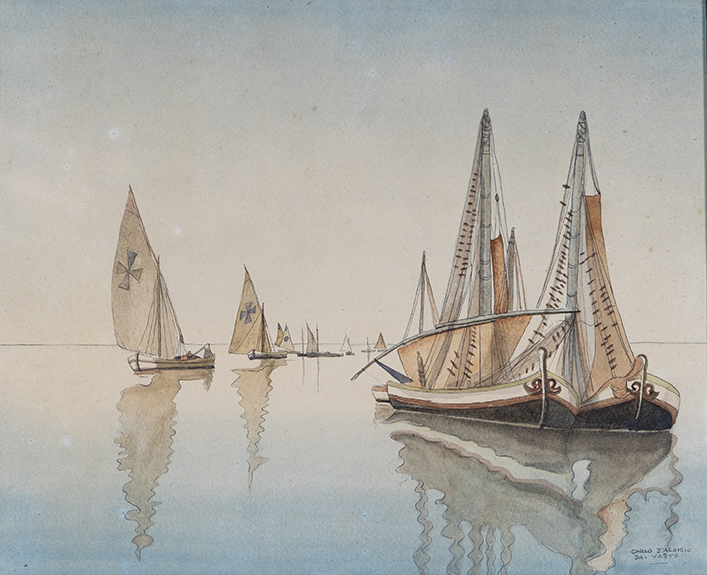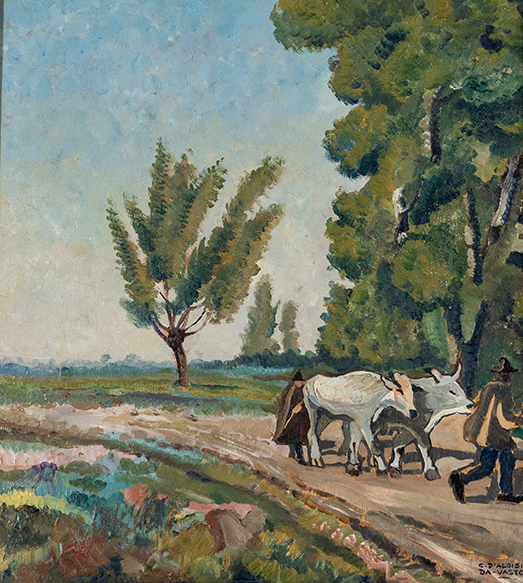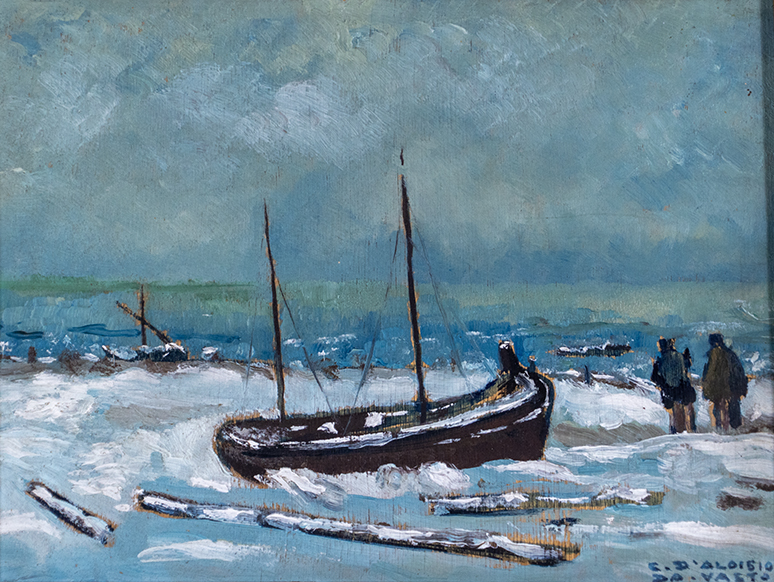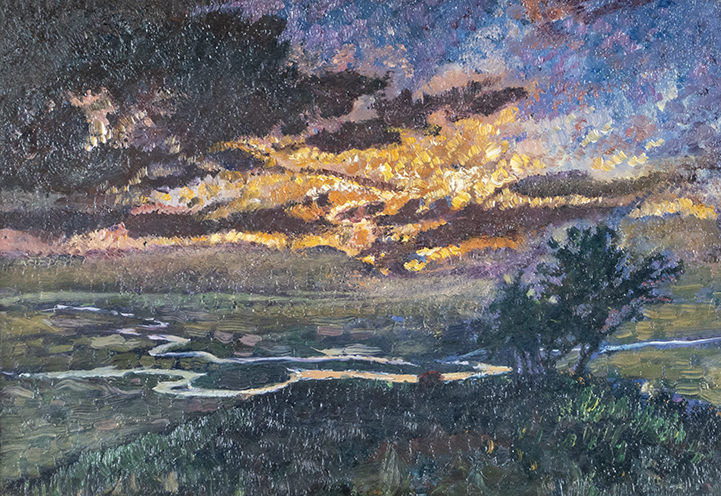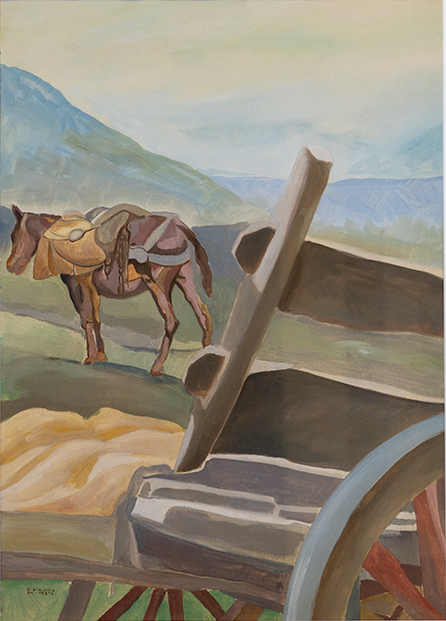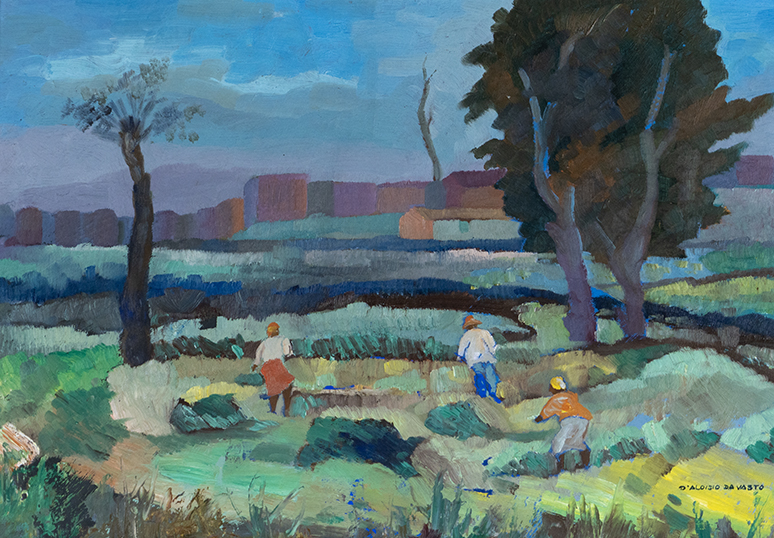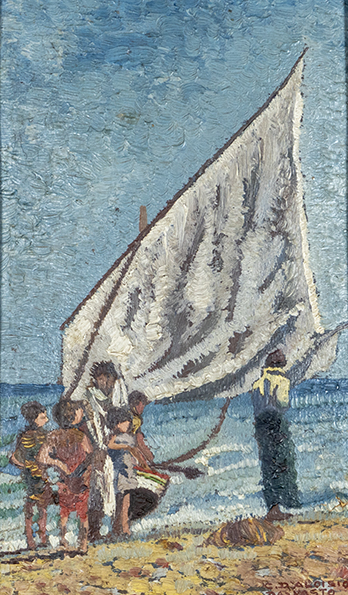Artista
Carlo d'Aloisio
da Vasto
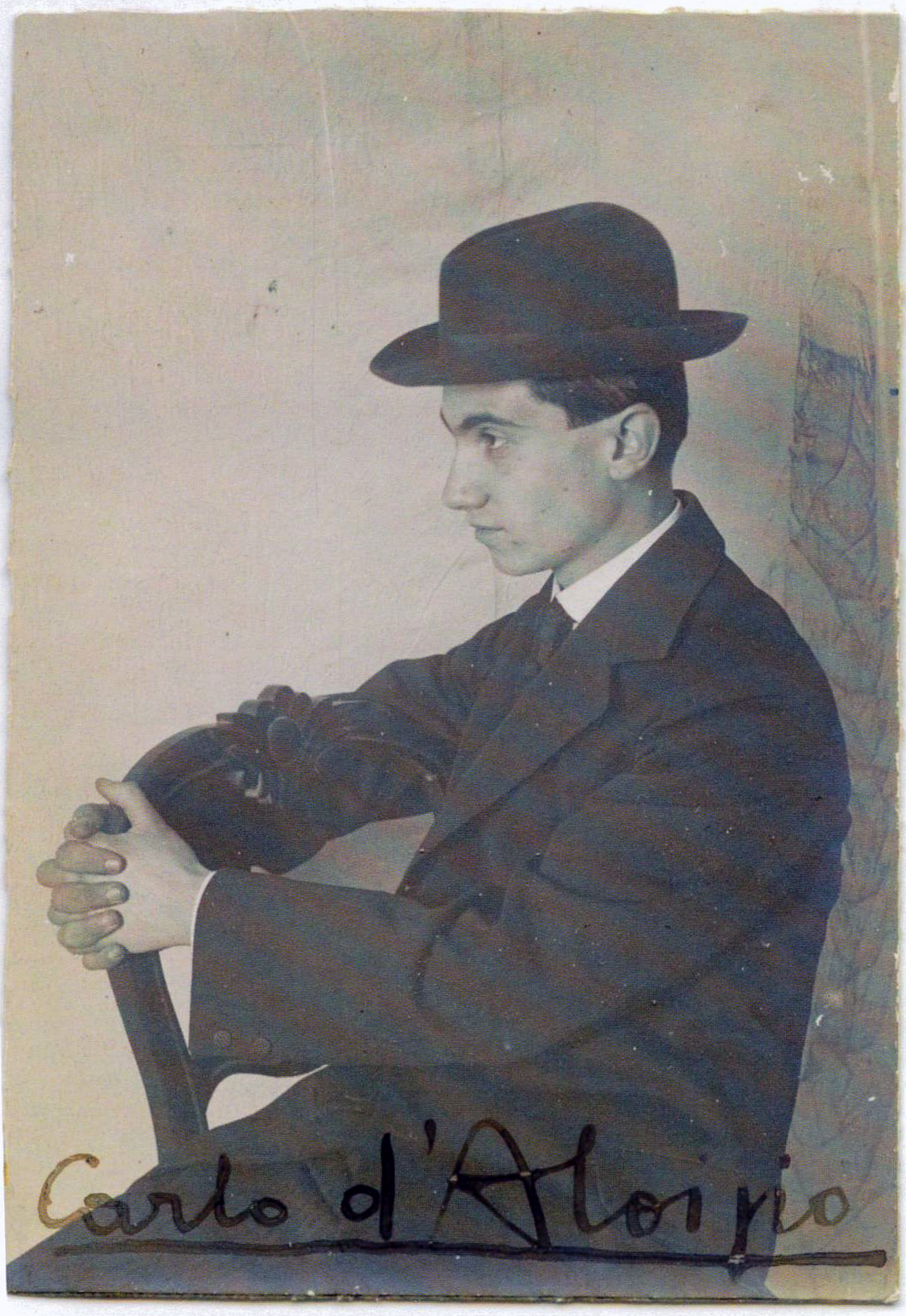
Vasto, April 13, 1892 - Rome, November 21, 1971
The artist lived in his hometown with the youthful restlessness of someone who feels confined in narrow spaces until, having moved to Rome, where he spent his entire life alongside his wife, Elisabetta de' Conti Mayo, whom he married in 1927. Despite his physical distance, he retained an indelible memory of his homeland, dedicating loving thoughts to it in his recollections.
Regarded as one of the protagonists of the "Scuola Romana", in 1930-1933 he was the founder and Director of the magazine "Almanacco degli artisti – Il vero Giotto", which revived the literary and artistic debate on themes of Italian tradition and avant-garde, featuring contributions from the most illustrious intellectuals of the time. In 1930, he was entrusted with the organization of the Museum of Rome, of which he became the curator and later appointed Director of the Municipal Gallery of Modern Art. In the 1950s, as Inspector of Antiquities and Fine Arts in Rome, he proposed the relocation of the Museum of Rome and the National Gallery of Modern Art to Palazzo Braschi. Over his long career, he organized solo exhibitions in Rome, Milan, Turin, Naples, Genoa, Livorno, Alessandria, New York, Washington, Los Angeles, Lausanne, Warsaw, Buenos Aires, and Santiago del Chile. His works are preserved in the most important museums worldwide and in prestigious private collections. A friend of the most prominent artists of 20th-century Italy, Carlo Carrà described him as "..an artist... contemporary and modern with sensitivity and intelligence”.
In his works lies the entirety of his mental habitat, reconstructing landscapes of reminiscence, dream, and emotional tension, approaching these 'visions' with the finesse of a director, forsaking the entirety of the image in order to capture only faint traces of a stuttering narrative, blurred like some dreams at dawn.
Each painting flows with evocative signs of a territory, with its traditions, lights, and shadows, its miseries and aspirations, in which the entire community finds recognition, and beneath whose shade, each individual can rediscover their own identity.
